By Elizabeth R. Palma Gil
MAITUM, Sarangani (April 10, 2008) – A mountain-side cavity accidentally uncovered by quarry workers Saturday (April 5) lies on the same mountain in barangay Pinol where ancient secondary burial jars were found almost 17 years ago.
The quarry site is more or less half a kilometer away from Ayob Cave. The archaeological find at Ayob Cave consisted of anthropomorphic burial jars that date back nearly 2000 years ago.
The anthropomorphic potteries of human figures depicting various facial expressions are associated to the Metal Age in the Philippines.
When Lingling Jabel, owner of the two-hectare land including the quarry site, came to know of the cave, he immediately entered the cave and found potsherds similar to those found in Ayob Cave.
Jabel, 36, immediately linked the new find to the ancient burial jars excavated in 1991 near his farm in this coastal village.
Jabel was one of those who helped the National Museum team of Dr. Eusebio Dizon in the excavation of Ayob Cave.
Dizon, Curator 1 of the Archaeology Division and Head of the Underwater Archaeology Section of the National Museum, has described Ayob Cave as "the most significant cave in Mindanao" and its finds as "unparalleled in Southeast Asia."
Jabel, knowing that these newly-found jars are of much value, immediately informed Barangay Captain Lamia Mala who informed the mayor right away.
"I feel happy that we've found another valuable artifacts that would help us understand more our history as a people not only in the Philippines but probably in the whole Southeast Asia," Mayor Elsie Perrett said.
The mayor has ordered Mala to secure the cave and have the opening sealed while waiting for the arrival of a team from the National Museum.
The distance from the barangay hall to the cave is more or less 500 to 600 meters via a dirt road. The cave opening is about 7 feet high from ground level, with opening of more or less 2 ½ feet.
From the cave opening, the main chamber is some 25 to 30 feet wide, with a pocket of about 15 feet towards the west, another pocket northwest, and a deeper pocket on the east.
The cave has an approximate height of 7 feet with unstable ceiling and this is more apparent on the entrance. There was no presence of stalactite or stalagmite. The cave material is loose limestone, with a pool of water on the eastern side.
There are signs that the cave is disturbed. Outside the cave on the right side is a ricefield.
"Most probably there is a connection to Pinol (Ayob) Cave. The best that you could do is to take pictures, inventory the jars found inside the cave, secure the place and wait for our visit," said Prof. Rey Santiago in a text message.
Santiago was the partner of Dr. Dizon in the excavation of Ayob Cave.
Ayob Cave's "Maitum Jars," as they are referred to now, bore radiocarbon dates of "1930 plus or minus 50 BP (calibrated date of 5 BC to AD 225) and 1830 plus or minus 60 BP (calibrated date of AD 70 to 370)."
They are unique in that "they are like portraits of distinct individuals, of specific dead persons whose remains they guard," Dizon and Santiago said in their book, "Faces from Maitum." In another text message, Prof. Santiago said: "Keep the site secured from looters and treasure hunters. Don't let people enter the cave and destroy or even move or pick any materials from surface or below. You can only photograph the present condition of the site for documentation. We need to preserve the site." (MAITUM INFORMATION OFFICE)
Friday, April 11, 2008
Subscribe to:
Post Comments (Atom)




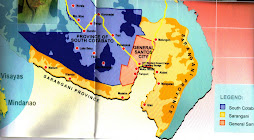

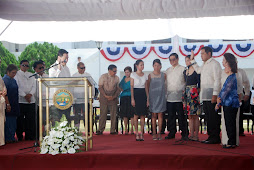
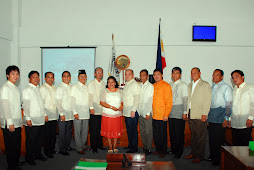


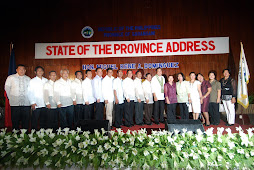
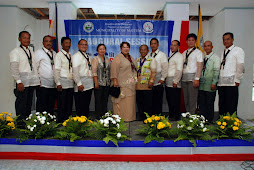







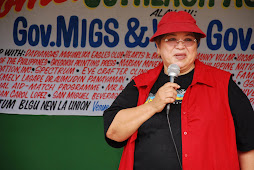

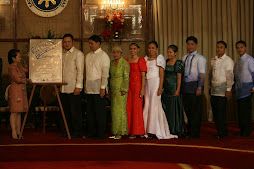





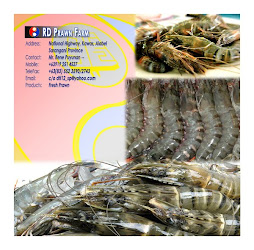
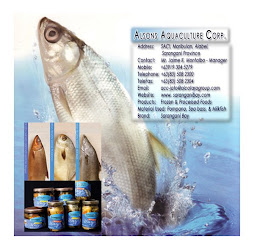





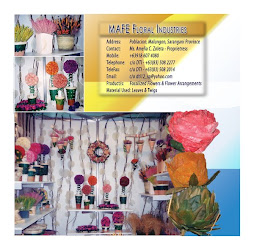

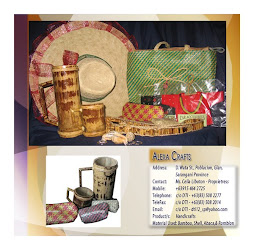
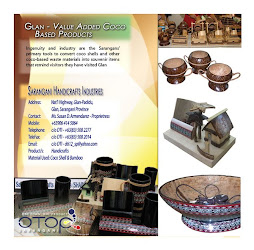

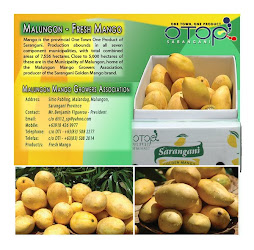
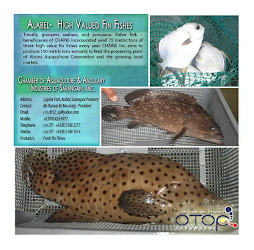


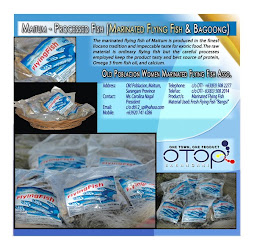
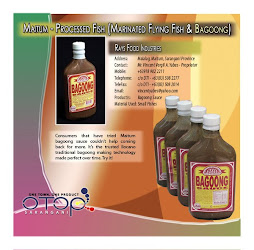

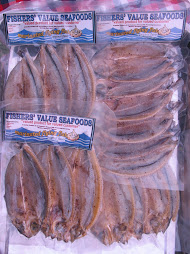

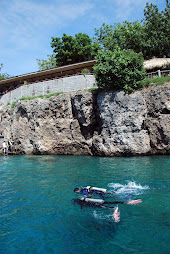
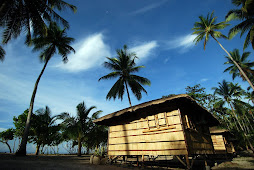



No comments:
Post a Comment